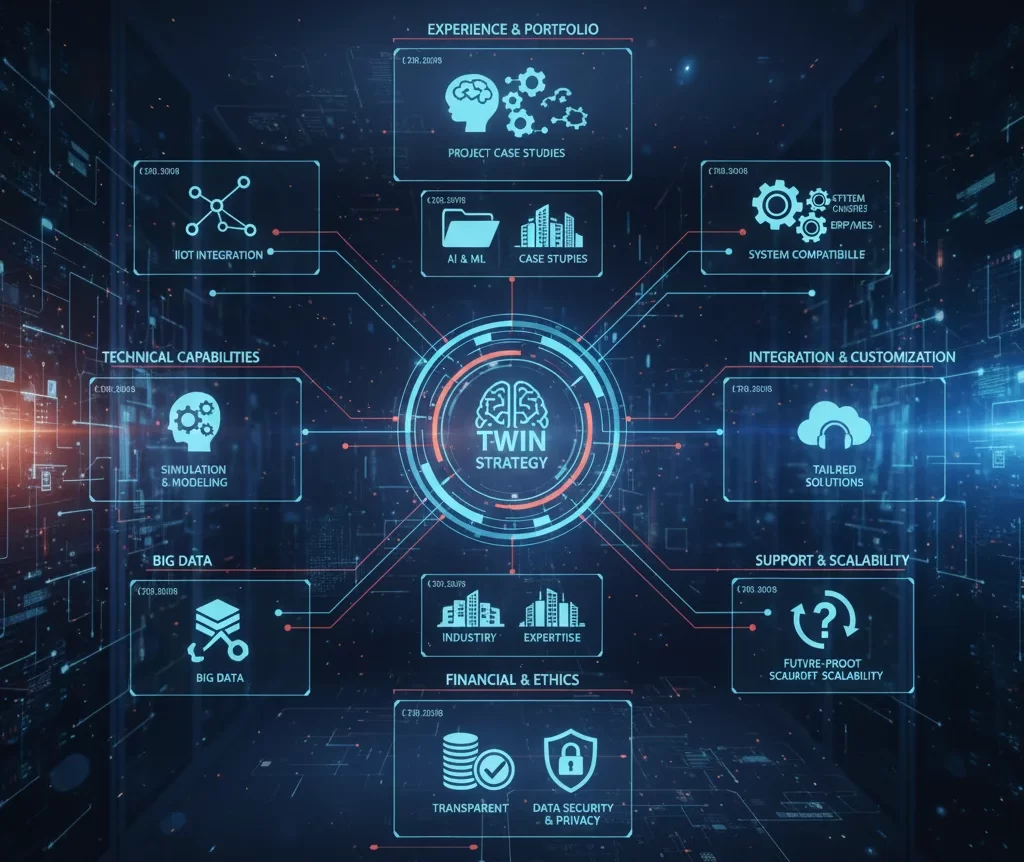In the age of modern technology, GenAI or generative AI stands out as one of the most trendy technologies. From enhancing the efficiency and accuracy of current AI systems to providing fresh prospects for the creative industry, Generative AI is generating a buzz.
1. What is generative AI? What are the use cases of Generative AI?
Generative AI (GenAI) is an artificial intelligence system capable of producing varied sorts of material such as text, graphics, music and synthetic data. The increased interest in GenAI from consumers largely originates from improved user interfaces, and capabilities that allow high-quality content production in seconds.

Artificial AI technology is playing an important role in the 4.0 revolution (Source: Bizfly Cloud)
Although this technology has been there since the 1960s with chatbots, the crucial turning point occurred in 2014 when generative adversarial networks (GANs) were released, hence permitting the synthesis of pictures, videos and realistic sound. GenAI brings up various options like movie dubbing and instructional material, but also raises worries about deep fakes and cybersecurity assaults.
Generative AI use cases:
GenAI may be employed in diverse scenarios to produce nearly any form of content. This technology is becoming more accessible to clients owing to cutting-edge technologies such as GPT, which can be adapted for diverse needs. Some use cases of generative AI include:
- Deploy chatbots for customer service and technical assistance.
- Use deepfakes to mimic people or even particular persons.
- Write email answers, dating profiles, resumes, and dissertations.
- Create realistic pieces of art in a certain style.
- Applications in biology. For example: recommending novel medication compounds for testing.
- Physical product design.
- Optimized new chip design.
- Write music in a certain style or tone.
2. Advantages and disadvantages of GenAI

An overall picture of the advantages and disadvantages of GenAI for users (Source: VnEconomy)
GenAI, like any other technology, has its own advantages and disadvantages. Here are some of the main advantages and limitations of GenAI:
Advantages of GenAI:
- Generate creative content: GenAI can generate original content and create a variety of content in art, music and text, bringing many benefits to artists and content creators.
- Data synthesis and augmentation: GenAI can synthesize synthetic data, crucial for training machine learning models when real data is scarce or costly to get.
- Automation and efficiency: Generative AI can automate repetitive tasks, eliminate human labor and enhance productivity across multiple industries.
- Problem solving and innovation: Generative AI models may enhance problem solving and innovation by creating new ideas, designs, and solutions. Not only that, they may provide distinct views.
Disadvantages of GenAI:
- Quality of material generated: The quality of material created by generative AI models could be troublesome. This can be due to a lack of understanding of the underlying algorithms or constraints in the model’s ability to provide high-quality content.
- Social bias: Generic AI models may be trained on biased data, leading to the development of erroneous information. This may perpetuate poor attitudes and prolong social injustice.
- Lack of control: Once a generative AI model has been sufficiently trained, it will be a big difficulty to regulate the stuff it makes. This may lead to the formation of incorrect or harmful material, which may impact individuals or society as a whole.
- Copyright and intellectual property issues: There are issues about ownership and control over the material generated. This is particularly important for the creative sectors, because ownership of the work produced may have a substantial financial impact.
3. How GenAI manages risks in the Banking and Finance industry

To fully utilize GenAI’s features, don’t forget to pay attention to the limitations (Source: PACE Institute of Management)
GenAI is revolutionizing risk management in the banking and financial industry thanks to its powerful data analytics capabilities. With advanced machine learning algorithms, GenAI can analyze large volumes of transaction data to predict potential risks, such as financial fraud and abnormal market fluctuations.
- Credit risk assessment: GenAI improves credit assessment by analyzing customers’ financial data and credit history, thereby predicting default.
- Regulatory compliance: GenAI helps monitor and ensure compliance with financial regulations, minimizing the risk of penalties.
- Optimize control: GenAI automates internal control processes, detects and handles errors quickly, improving efficiency and security in banks.
4. Ethical issues when using GenAI

GenAI opens up many opportunities and associated challenges (Source: Unite.AI)
Impact on decision making
While GenAI may enable individualized decision making, it also has the ability to restrict consumers’ exposure to alternative perspectives or viewpoints. Furthermore, GenAI may affect decision-making power utilizing targeted advertising and persuasive strategies. For example, adverts are developed in a manner that might impact users’ emotional inclinations, compelling them to make a specific choice.
Deception in society
In social attacks or scams, fraudsters can easily commit crimes by gaining access to people’s data or resources. These attacks are becoming more painful thanks to GenAI, as this futuristic technology can compose messages in ways that can deceive users and cause unethical activities. For example, GenAI implementations can easily create phishing emails or messages, leading to the disclosure of sensitive user information.
Abuse of GenAI
Generative AI is a next-generation technology that will alter the digital world on many levels, including content production capabilities. It helps users to handle dynamic material with minimal effort. Over time, technology will grow more sophisticated and easily equal human intellect. As a consequence, GenAI is becoming more popular, leading to overestimation and abuse of its capabilities.
5. Suggest solutions to prevent dangers when using GenAI

Specific solutions under BAP IT (Source: World Aviation Festival)
Below are solutions to prevent risks that may appear when using GenAI based on BAP IT’s experience and references:
- Put in place a reliable email filtering system that can identify and stop phishing emails.
- use detecting algorithms to find deepfake material and encourage users to become media literate so they can tell the difference between authentic and fake media.
- To stop illegal access to training data, put robust authentication and access control measures in place.
- To secure sensitive data, restrict the amount of data these technologies may access and use robust data encryption and anonymization methods.
- To safeguard intellectual property, use watermarking and digital rights management (DRM).
- To avoid abuse, keep an eye on how GenAI technology is being used and put in place suitable use guidelines.
- Encourage digital literacy to assist consumers in doing a thorough evaluation of the information they take in.
6. Conclusion
In short, according to BAP IT, GenAI has the potential to revolutionize almost every industry with its unique and advanced features. However, this advanced technology comes with some ethical risks that companies may encounter. Therefore, every organization must prioritize careful consideration and have a scientific and appropriate plan for use.
In the future, the application of GenAI will help businesses effectively manage risks, increase labor productivity, widely apply technology in businesses, contributing to promoting comprehensive digital transformation.



















